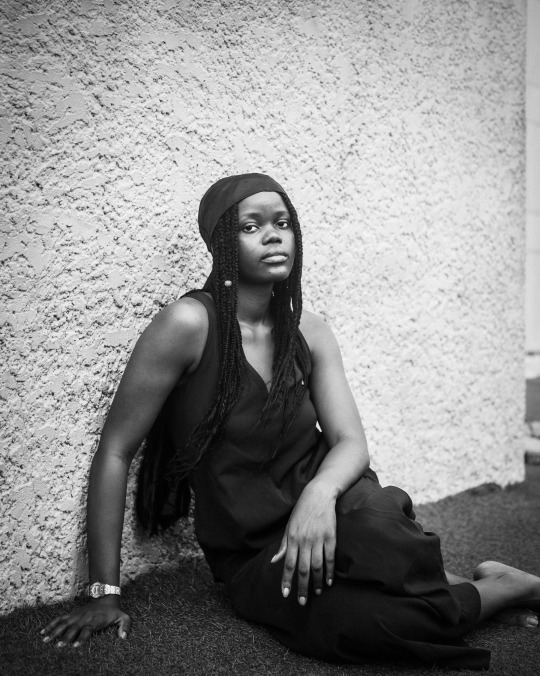Photo

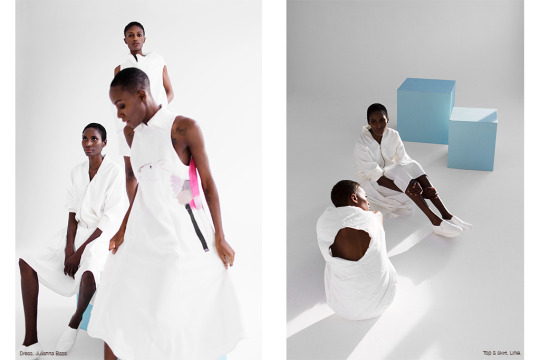



Jessouk: GODS Magazine
Photography by Jessup Deane + Soukéna Roussi
106 notes
·
View notes
Text
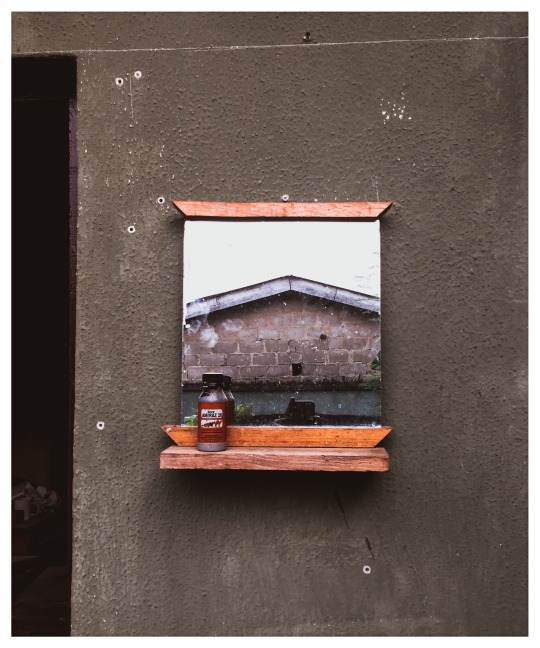
Portal to realms!
“Mirror mirror on the wall...”
3 notes
·
View notes
Photo

The tallest tree in Wales had been damaged by a storm and was supposed to be cut down… but chainsaw artist Simon O'Rourke found a better solution to symbolise the tree’s last attempt to reach the sky. https://mymodernmet.com/simon-o-rourke-chainsaw-carving-hand/
8 notes
·
View notes
Text
Optical Birds!
2 notes
·
View notes
Text

YING YANG
Know Balance!
Know Peace!
All around us has been careful created with continuity and balance.
2 notes
·
View notes
Photo



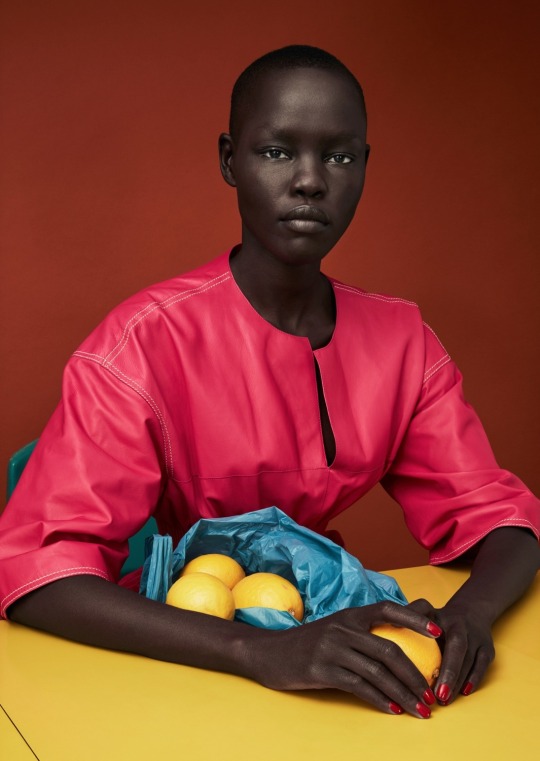



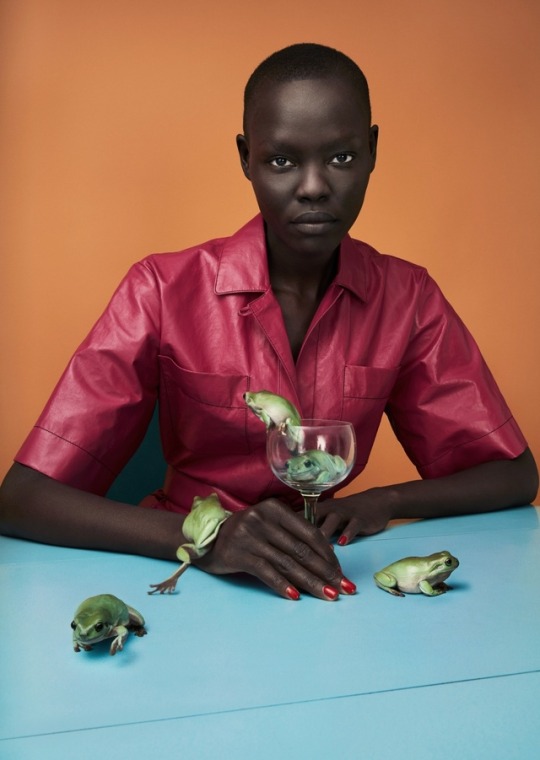

SUNRISE MART - model: Grace Bol - photography: Sølve Sundsbø - fashion editor: Mattias Karlsson - hair: Chisato Yamamoto - makeup: Polly Osmond - Luncheon Magazine #3 Spring 2017
6K notes
·
View notes
Text
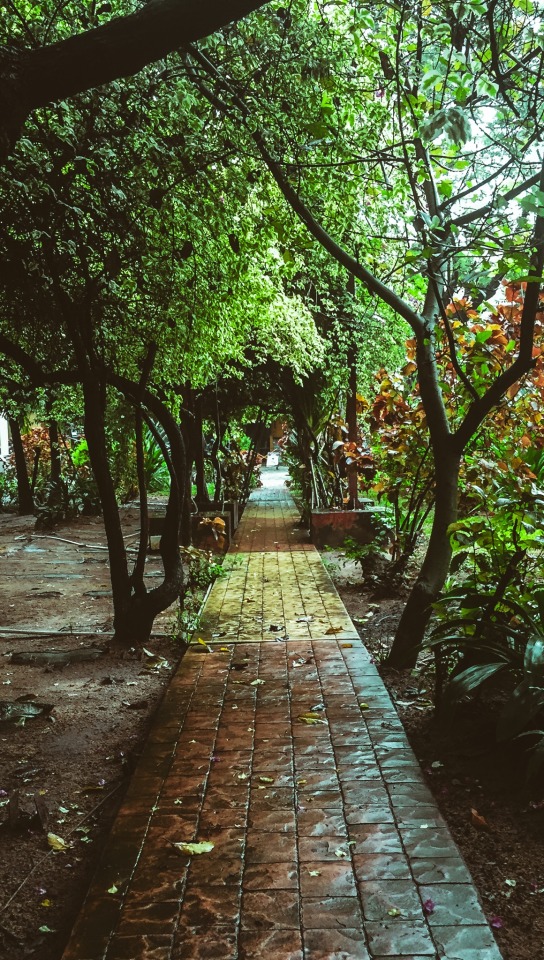


THE WALK OF FREEDOM
Freedom Park,
Broad Street. Lagos Island, Lagos, Nigeria.
Freedom Park is a memorial and leisure park area in the middle of downtown Lagos in Lagos Island, Nigeria which was formerly Her Majesty's Broad Street Prison.
The Park was constructed to preserve the history and cultural heritage of Nigerians. Monuments in the park reveal the Lagos colonial heritage and history of Her Majesty's Broad Street prisons. It was built to commemorate the 50th anniversary independence celebration in October, 2010. The Park serves as a National Memorial, a Historical landmark, a Cultural site, Arts and Recreation centre.
The park, which is now a serene abode for individuals, visitors' collective contemplation and interaction is open to the public every day. Today, freedom park has become a venue for diverse social events and recreational entertainment.
#lagos#explorelagos#lagosliving#nigeria#tourism#africa#photography#archihunter#art#history#documentary
5 notes
·
View notes
Text



KINGS COLLEGE, Lagos Island,
Lagos, Nigeria.
King's College, Lagos is a secondary school in Lagos, Lagos State, Nigeria. It was founded on 20 September 1909 with 10 students on its original site at Lagos Island, adjacent to Tafawa Balewa Square.
In 1908, the Nigerian Acting Director of Education in Lagos, Henry Rawlingson Carr advised Governor Walter Egerton on a detailed scheme of education in Lagos.[1] Carr's suggestions and proposals were the basis for the formation of King's College. Carr convinced the London Board of Education that King's College's education mission would not overlap but supplement the education initiatives of missionary societies. As a result, some authors regard Henry Carr as the "architect of King's College". On 20 September 1909 King’s School (as it was then called) came into being. There were 10 pioneer students which included J.C. Vaughan, Isaac Ladipo Oluwole, Frank Macaulay, Herbert Mills (from the Gold Coast), O.A. Omololu and Moses King. Oluwole was the first senior prefect of the school. The school building was erected and furnished at a cost of £10,001. It consists of a hall to accommodate 300 students, 8 lecture rooms, a chemical laboratory and an office.
5 notes
·
View notes
Text



KINGS COLLEGE, Lagos Island,
Lagos, Nigeria.
King's College, Lagos is a secondary school in Lagos, Lagos State, Nigeria. It was founded on 20 September 1909 with 10 students on its original site at Lagos Island, adjacent to Tafawa Balewa Square.
In 1908, the Nigerian Acting Director of Education in Lagos, Henry Rawlingson Carr advised Governor Walter Egerton on a detailed scheme of education in Lagos.[1] Carr's suggestions and proposals were the basis for the formation of King's College. Carr convinced the London Board of Education that King's College's education mission would not overlap but supplement the education initiatives of missionary societies. As a result, some authors regard Henry Carr as the "architect of King's College". On 20 September 1909 King’s School (as it was then called) came into being. There were 10 pioneer students which included J.C. Vaughan, Isaac Ladipo Oluwole, Frank Macaulay, Herbert Mills (from the Gold Coast), O.A. Omololu and Moses King. Oluwole was the first senior prefect of the school. The school building was erected and furnished at a cost of £10,001. It consists of a hall to accommodate 300 students, 8 lecture rooms, a chemical laboratory and an office.
#kings college#lagos#lagosisland#school#architecture#facade#vintage#nigeria#photography#architecturephotography#buildings#archihunter#archdaily
5 notes
·
View notes
Text

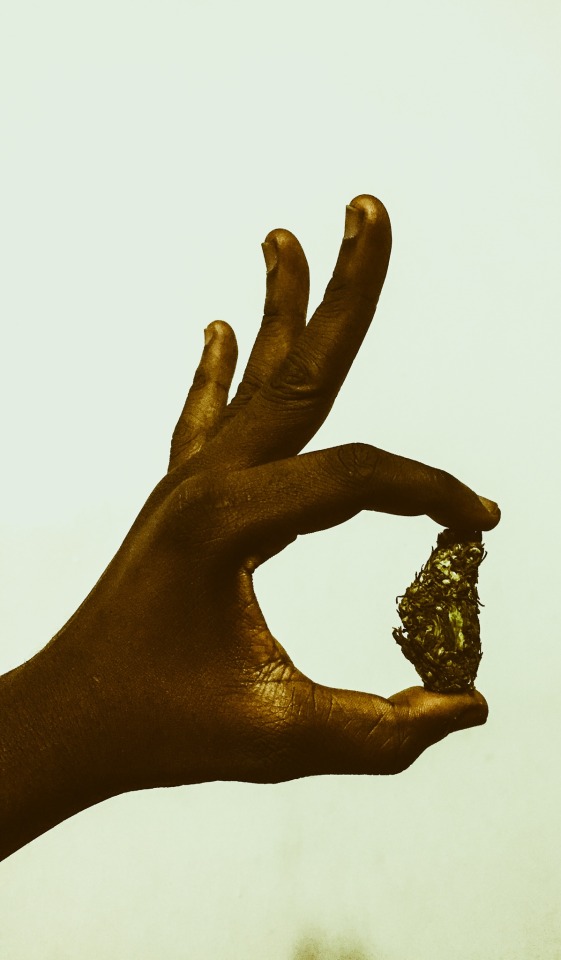



[GOLDEN.NUGGET.HANDS]
“...and when the time is right, the fire shall begin from within and bring forth the enlightenment that consumes the weeds to unlock the treasures of time and space...”
#420art#420world#hemp#photography#flowers#best buds#hand photography#man hands#handcrafted#lagos#lagosliving#nigeria#cityvibes#weedlovers#cannabis
4 notes
·
View notes
Text




Category: [H.A.N.D.S] = 1
Featuring: [T.E.N.N.I.S.B.A.L.L.S] = 3
#tennis#atpwta#lagosliving#sport equipment#sports#wimbledon#slazenger#babolat#outdoors#photography#nigeria#get off my lawn#rallies
4 notes
·
View notes
Photo
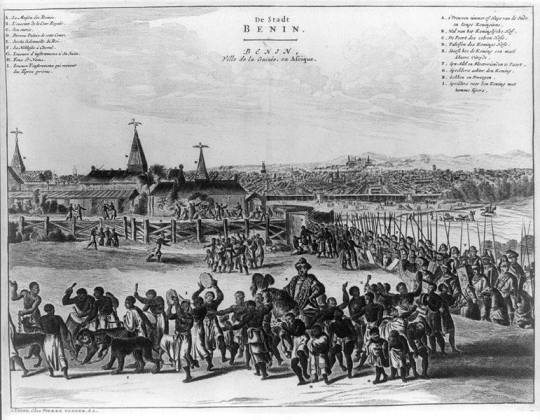
The Portuguese were the first European travelers to visit Benin, which they called Beny, this was during the reign of King Ozolua c1472 and 1486 AD. The Portuguese admitted finding a highly developed kingdom with a very advanced system. This visit and subsequent interchanges led to King John II of Portugal who reigned between 1481 to 1495 exchanging correspondences with the King of Benin on a peer like basis. Between 1504 and 1550 AD, the Portuguese established diplomatic and trade relations with Oba Esigie and his kingdom of Benin
By the 16th century the Oba sent an ambassador to Lisbon and the king of Portugal reciprocated by sending Christian missionaries to teach the Binis the gospel.
The English made their first call in 1 553. This visit was a harbinger of lucrative business, for significant trade relationship soon developed between England and Benin. The British anthropology writer and curator, Henry Ling Roth, described Bini as Great Benin. Other European visitors to Benin in the 16th and 17th centuries brought back to Europe tales of the Great Benin”, a fabulous city of noble buildings and efficient administrative system.
The state developed an advanced artistic culture and wrought with unequalled mastery works of arts in bronze, iron and ivory. They expressed events that they considered history-making in carvings. Benin also developed a formidable military establishment.
The Benin Bronzes
The Benin Bronzes are a collection of more than 3000 brass plaques from the royal palace of the Kingdom of Benin. They were seized by a British force in the Benin Expedition of 1897 and given to the British Foreign Office. Around 200 of these were then passed on to the British Museum in London, while the remainder were divided among a variety of collections, with the majority being purchased by Felix von Luschan on behalf of the Königliches Museum für Völkerkunde in Berlin (the present-day Ethnological Museum).
Bronzes are now believed to have been cast in Benin since the thirteenth century, and some in the collection date from the 1 5th and 16th centuries.
Between Benin and Britain
At the end of the 19th century, the Kingdom of Benin retained its independence and the Oba exercised a.monopoly over trade which the British found irksome. Pressure was mounted by figures such as Vice-Consul James Robert Phillips and Captain Gatlwey (the British vice-Consul of Oil Rivers Protectorate) who were pushing for British annexation of the Benin Empire.
Britain needed to establish a sphere of influence so that no other European power could later claim Benin as its own. This period in world history was the period of the scramble for Africa which brought about the Berlin Conference of 1884 and 1885 which partitioned Africa amongst the then European powers.
The agreement at the end of the Berlin Conference was contained in the General Act which has in part the rule of the Principle of Effectivity or Uti Possidetis “as it stands at the present”, which is that a nation could only claim a colony if that nation actually possessed the colony. To lay claim it must have treaties with the local chiefs, fly its flag there, and establish an administration in the territory to govern it. The colonial power must also directly use the economic resources of this colony; otherwise it could not claim it to the exclusion of other European nations.
Thus it became imperative to make local chiefs to put hand on paper and sign treaties with the European nations. Expeditions were therefore dispatched to coerce traditional rulers into signing treaties. At the time of concluding the Berlin conference in 1885, only the coastal areas of Africa were under European rules, 80% of Africa was effectively under the rules of their traditional kings. But by 1902, 90% of all the land that makes up Africa was under European control.
By June 5, 1885, Britain named her Sphere of Influence as extending from Lagos to
River Rio Del Ray near Cameroon. This sphere of influence Britain called Oil Rivers
Protectorate. But Benin in the middle was not part of it.
In March 1892, Henry Gallwey, the British Vice-Consul of Oil Rivers Protectorate (later Niger Coast Protectorate), visited Benin City hoping to annex Benin Kingdom and make it a British protectorate. Although the King of Benin, Omo n’Oba (Ovonramwen), was sceptical of the British motives he was willing to endorse what he believed was a friendship and trade agreement. He refrained from endorsing Gallwey’s treaty when it became apparent that the document was a ploy intended to make Benin Kingdom a British colony. Consequently the King issued an edict barring all British officials and traders from entering Benin territories. Since Major (later Sir) Claude Maxwell Macdonald, the Consul General of the Oil River Protectorate authorities considered the ‘Treaty’ legal and binding, he deemed the King’s reaction a violation of the accord and thus a hostile act.
Between September 1895 and mid 1896 three attempts were made by the Protectorate to enforce the Gallwey ‘Treaty’.
The “Benin Massacre”
In November in a letter to Lord Salisbury, the British Foreign Secretary, Vice-Consu Phillips requested approval to invade Benin and depose the Oba, adding the following footnote: “1 would add that I have reason to hope that sufficient ivory would be found in the King’s house to pay the expenses incurred in removing the King from his stool” In late December 1896, without waiting for a reply or approval from London, he embarked on a military expedition, He had a few Europeans and 250 African soldiers masquerading in part as porters. The force’s weapons were hidden in the baggage carried by the porters’.
The Benin king preferred to let the British enter the city so that it could be ascertained whether or not the visit was a friendly one. The head of Benin Army felt otherwise and without obtaining the kings permission ordered the formation of a strike force to destroy the invaders.
On 4 January 1897, the strike force caught Phillips’ column totally unprepared. Only two British officers survived the annihilation by the Benin soldiers.
Benin Punitive Expedition
On 12 January 1897, Rear-Admiral Harry Rawson was appointed to lead an expedition to capture the Benin king and destroy Benin City. The operation was named Benin Punitive Expedition, and on 9 February 1897 the invasion of Benin kingdom began. The field commanders were instructed to burn down all Benin kingdom’s towns and villages. The invasion force of about 1200 British Marines, sailors and Niger Coast Protectorate Forces, and composed of three columns. They reached Benin City after 10 days of bitter fighting. One column was routed by Benin soldiers.
Immediately after the British invaders secured the city, looting began. Monuments and palaces of many high-ranking chiefs were looted. Homes, religious buildings and palaces were deliberately torched.
The British Admiralty confiscated and auctioned off the war booty to defray the costs of the Expedition.
The dispersal of the Benin art to museums around the world catalyzed the beginnings of a long and slow European reassessment of the value of West African art. The Benin art was copied and the style integrated into the art of many European artists and thus had a strong influence on the early formation of modernism in Europe.
The King of Benin was eventually captured by the British consul-general Moor, deposed and sent to live out his days in Calabar.
On December 27, 1899, Britain at last was able to proclaim and promulgate the Protectorate of southern Nigeria, to take effect from January 1, 1900.
A new beginning
It is in the light of this history, the clamour by many notable persons, the efforts of the National Commission for Museums and Monuments and the positive attitude of these men and women of goodwill, representatives of some of the greatest museums in the world that a new beginning of rapprochement is being fashioned out.
216 notes
·
View notes
Text
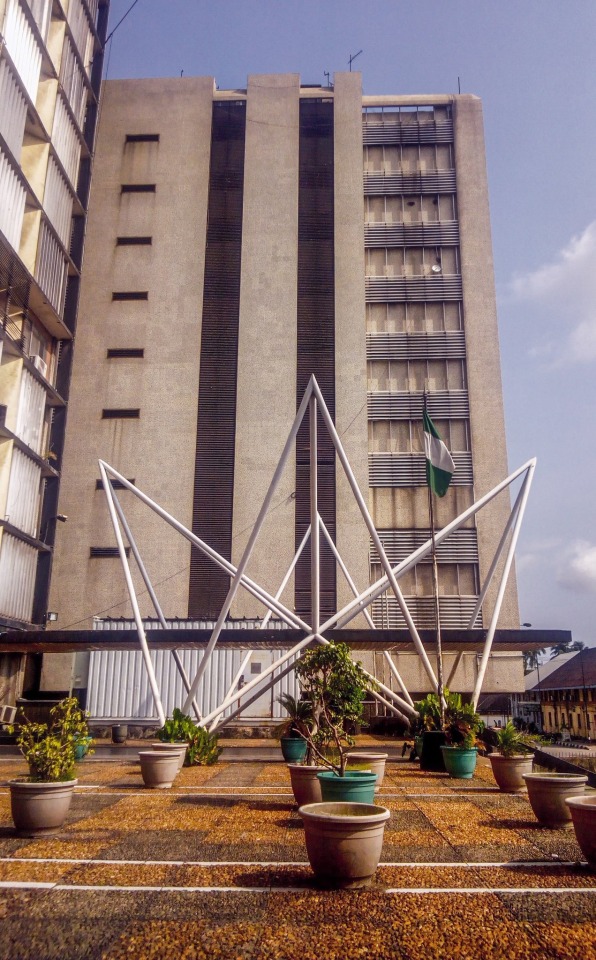
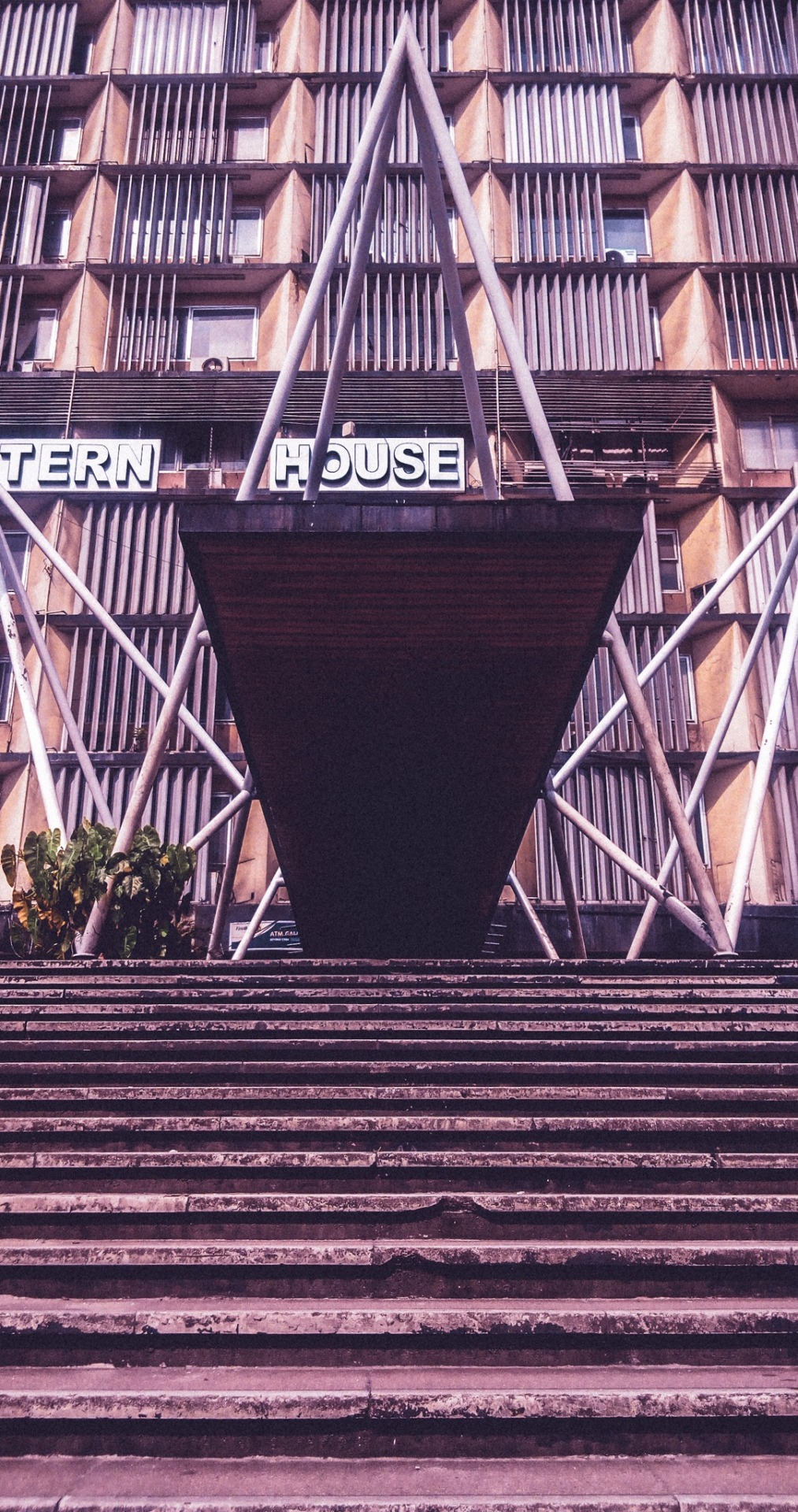
Western House
Broad Street, Lagos Island.
Lagos, Nigeria.
#lagos#lagosliving#nigeria#cityvibes#cityview#architecture#building#landmark#westernhouse#broadstreet#commercial#officedesign
4 notes
·
View notes
Text
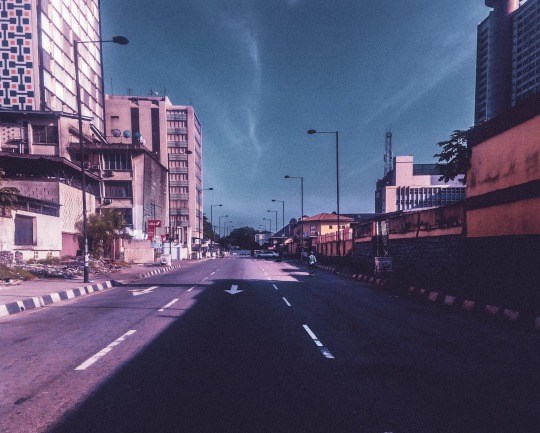
Broad Street, Lagos Island.
Lagos, Nigeria.
#vanished#perspective#streetphotography#road photography#lagosliving#commercial#cityvibes#lagos#nigeria#freelance#lightroom#iphone
3 notes
·
View notes
Text

[HEAT WAVE]
Good thing the Lockdown is saving us from sun burns...
3 notes
·
View notes









